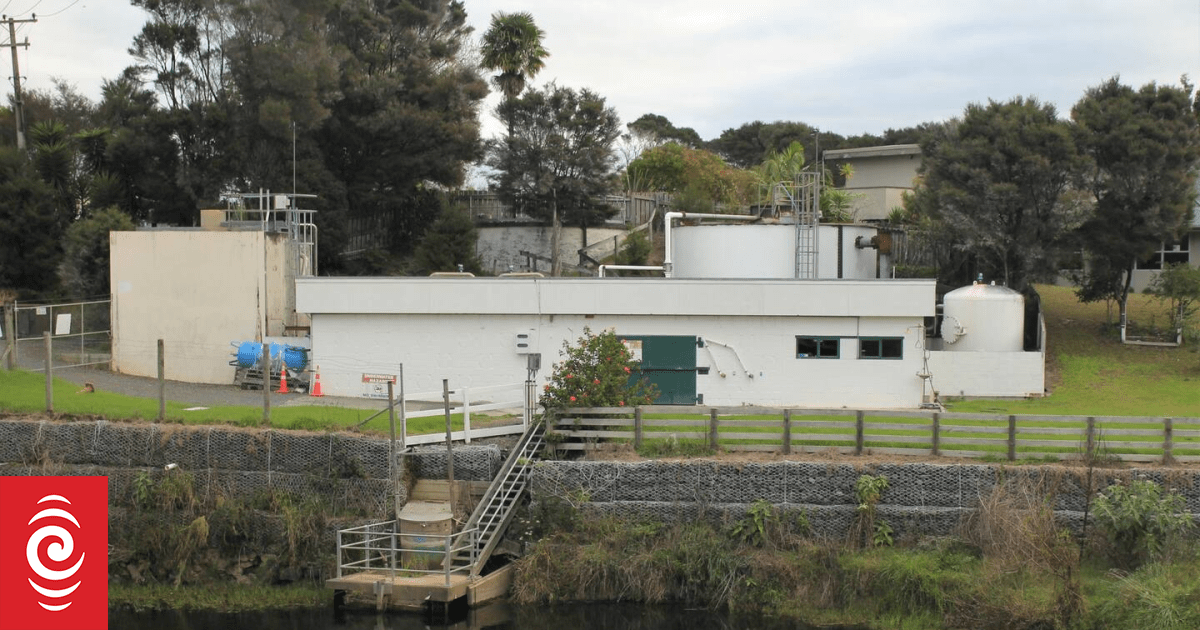They believe the real reason behind the schemes is to cut school property costs; however, Ministry of Education hautū (leader) Te Tai Raro (North) Isabel Evans said it was a required step.
“There has been population in growth in Northland [higher than the national average] and the Ministry has identified a number of schools that were close to or at capacity.”
“Five enrolment schemes were approved in 2022, two in 2023, and five in 2024 [to date].”
Hukerenui School principal Bastienne Johnson has been in the process of starting an enrolment scheme for nearly two years after she was contacted by the Ministry of Education in 2022.
“It was quite a stressful time for us because we were told we were at risk of being overcrowded.”
She was asked to reduce her school roll by a third in an attempt to avoid a scheme. It was also suggested a technology centre at the bottom of her school was utilised as a classroom.
“They thought that’s part of my footprint and I should put a class in there. It came quite to a head and we worked out that the tech centre footprint wasn’t big enough.”
The Ministry of Education then approved a building to increase its footprint, however, the prospect of a scheme was still around. Most recently, they have been consulting with neighbouring schools.
Johnson was concerned the impact on families would be largely negative.
She said at her rural school, people based on farms had made up their minds as to which schools their children would attend, she said.
“Parents should have freedom of choice, especially because we’re all different and we have different goals and aspirations for our children.”
Johnson said an enrolment zone might also have an impact on bus transport and possibly force parents to drop their children at school instead.
She was also concerned the growth in enrolment schemes was forcing people out of Northland.
Whānau ready to move into secondary education were instead choosing places like Auckland that had more options, she said.
“We’re all trying to do the best for our communities and our schools, [but] I just don’t think it’s doing a good thing, especially for rural communities.”
Portland School principal Rachel Bycroft said in June the scheme marked an exciting period of exponential growth, but it was not without an element of despondency.
“This is not something we want for our community, but unfortunately, we cannot increase our physical footprint.”
Whangārei Girls’ High School principal Sonya Lockyer has been working with her school community around enacting a scheme for term one next year.
She said initially, there was “a lot of angst” from people who were out of zone, but now there was a better understanding within the community.
“It’s been about marketing really clearly to the parents and students that they still have a choice, that if you put in an enrolment, you could be successful.”
“People are used to having the choice where they can make a decision on which school is best for their student.”
She said enrolment schemes created a barrier where that could happen, but it paid to participate in the consultation.
Some of the zone areas for her school that were consulted on have been reconfigured such as Maungatāpere, which was effectively “split in two” before consultation.
Despite being relatively satisfied with the way the process has gone, Lockyer believed the formula used to establish an enrolment scheme needed work.
“They use a formula to work out if a school is overcrowded, and I don’t believe that formula is fair and representative.”
In areas where every school has an enrolment scheme, it seems fairer because “everybody is operating under the same premise”.
She believed the reason for having a broad formula was to manage financial resources.
Lockyer told the Advocate in April the scheme had been “imposed” on her school and would require a larger amount of administration tasks.
She now says it has taken a “multi-pronged communication strategy” to get people on board and understand the process.
“We’ve reconfigured our website around enrolment and we’re got new handouts in our prospectus.”
She said it would be difficult to measure the full scale of the impact until the zone was in place next year.
Brodie Stone is an education and general news reporter at the Advocate. Brodie has spent most of her life in Whangārei and is passionate about delving into issues that matter to Northlanders and beyond.


